Promoting STEM Critical Thinking Using Post-it® Super Sticky Notes
Here are ways teachers can use Post-it notes and other products to promote critical thinking in the classroom.
Here are ways teachers can use Post-it notes and other products to promote critical thinking in the classroom.
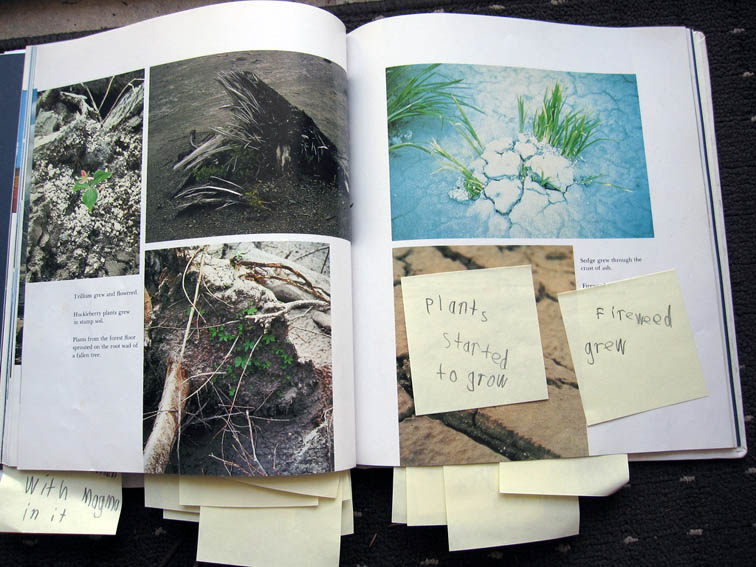
Deductive Thinking Can Drive Student-Designed Research by Jane Healey, Ph.D. I specialize in an odd subject—research. I teach students to select a subject area, pick a topic, craft a question, design a prospectus, follow through on the plans, adapt to obstacles and “interesting” findings, organize results, and create an appropriate outcome that matches the content and…
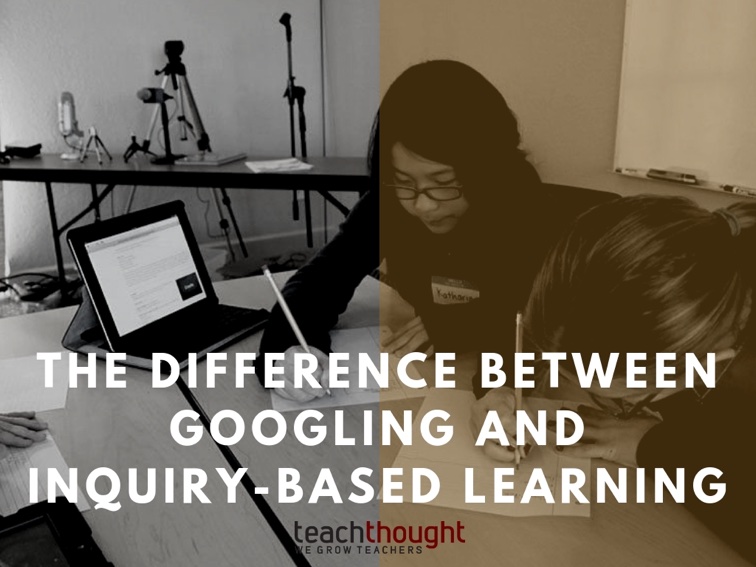
Search is about finding pieces, knowledge is about knowing the potential value of those pieces.
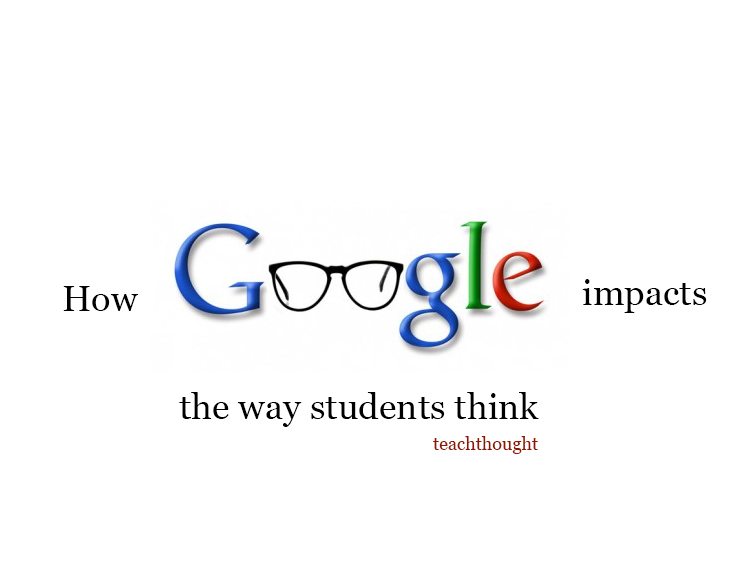
By ignoring the phases of inquiry learning, premature Googlers often find the information they want rather than the information they need.
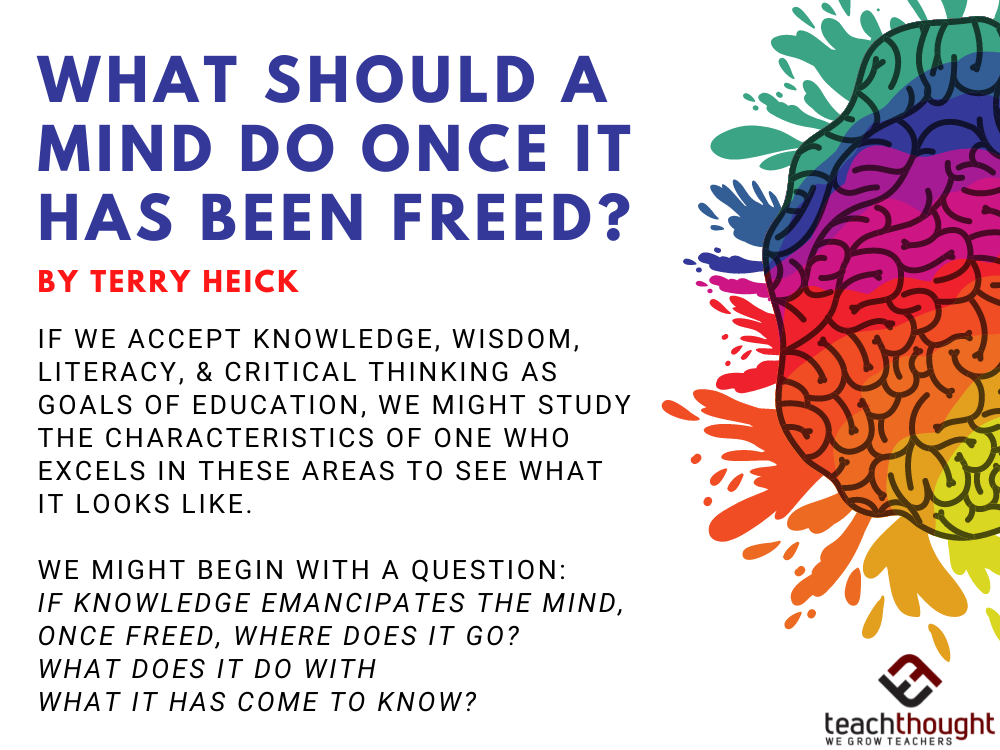
Although many people think that an academic argument is a one-sided attempt at persuasion, it’s really more like a scientific paper.
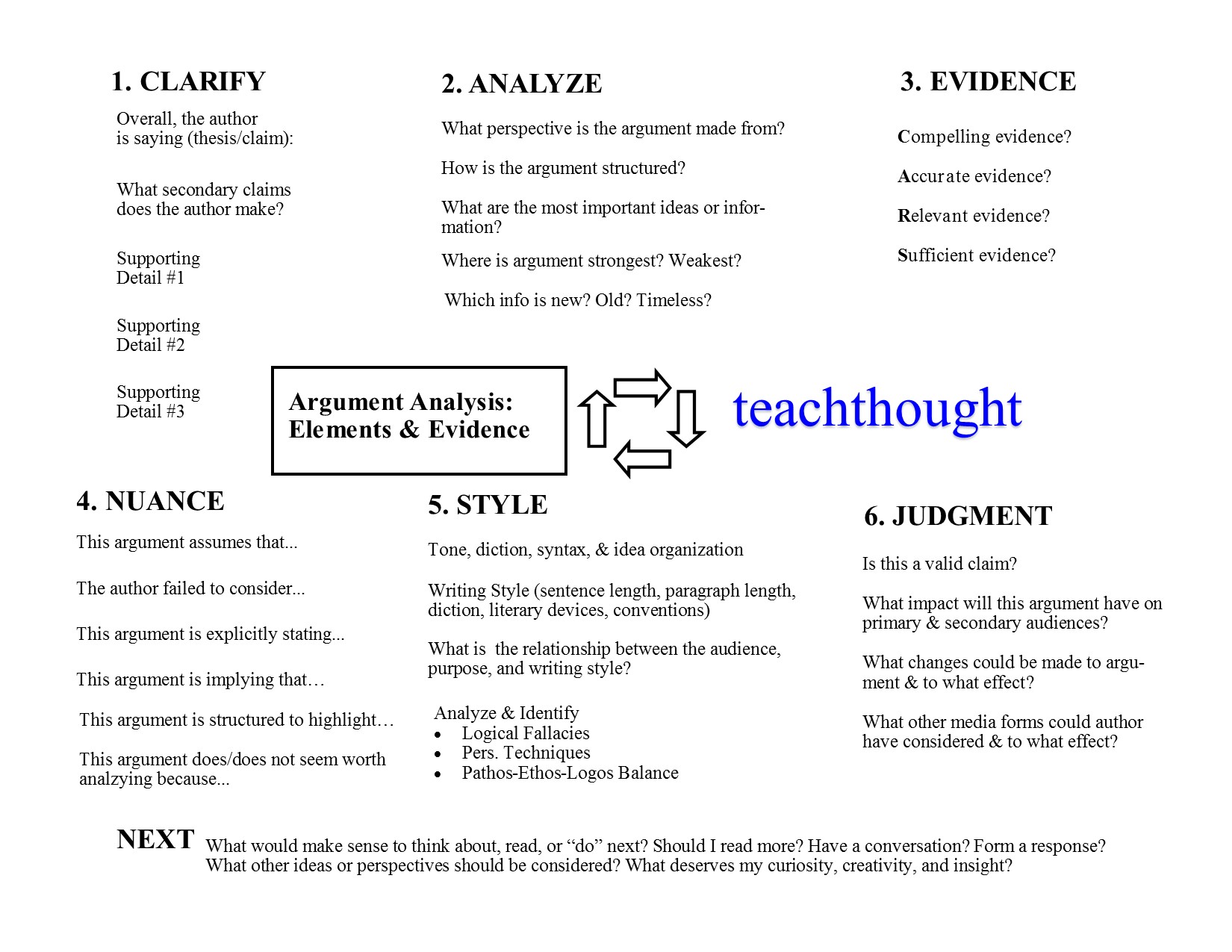
A 6 Step Process For Teaching Argument Analysis by Terry Heick How “basic” this is depends on who your audience is, but this is more of an overview to help students systematically look at an argument piece by piece–and these are the pieces. This is one of the organizers I use as a teacher–there’s a…
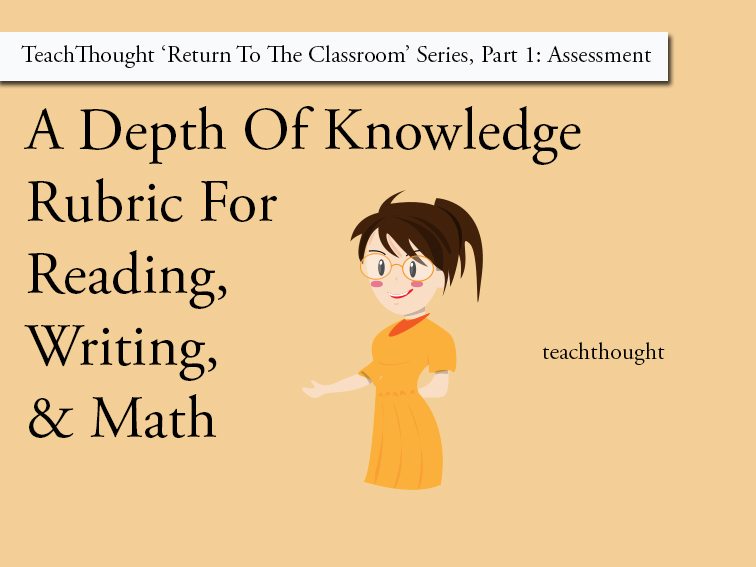
Depth of Knowledge frameworks can be useful for planning curriculum, designing assessments, or making judgments about student reading, writing, and math.
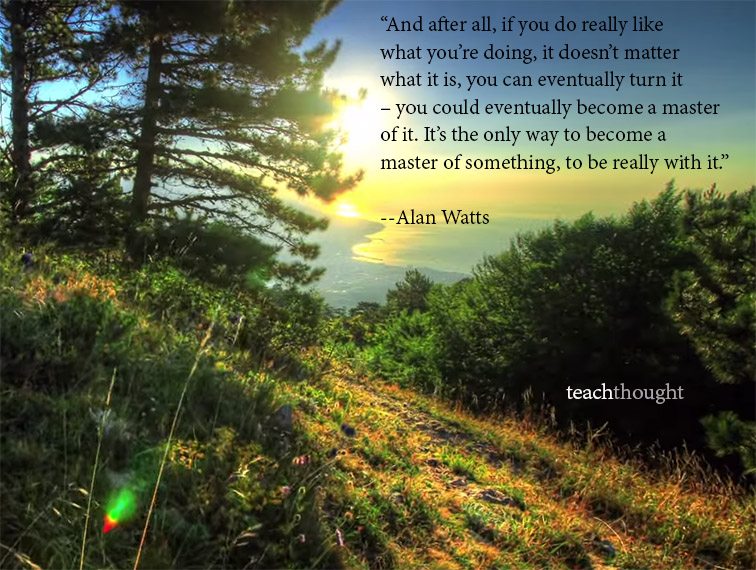
Alan Watts On Finding Purpose Through Affection by TeachThought Staff Alan Watts (b 1915, d. 1973) was a British philosopher and speaker who was interested in translating Eastern philosophy into English. He frequently talked about Zen ideas–impermanence, thought, self, and other Zen-related thinking through the lens of day-to-day living. As a result, his language was…
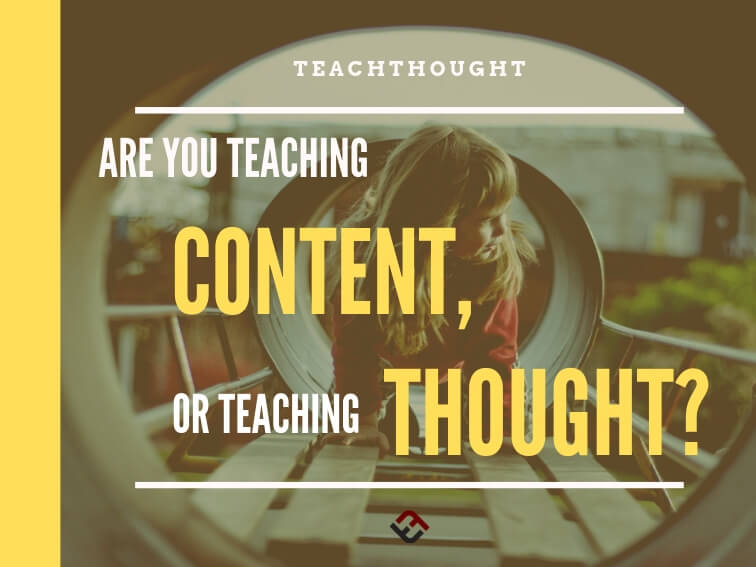
If our curriculum is thinking, if our job is (excuse the convenient phrasing) teaching thought, our goals as educators change.
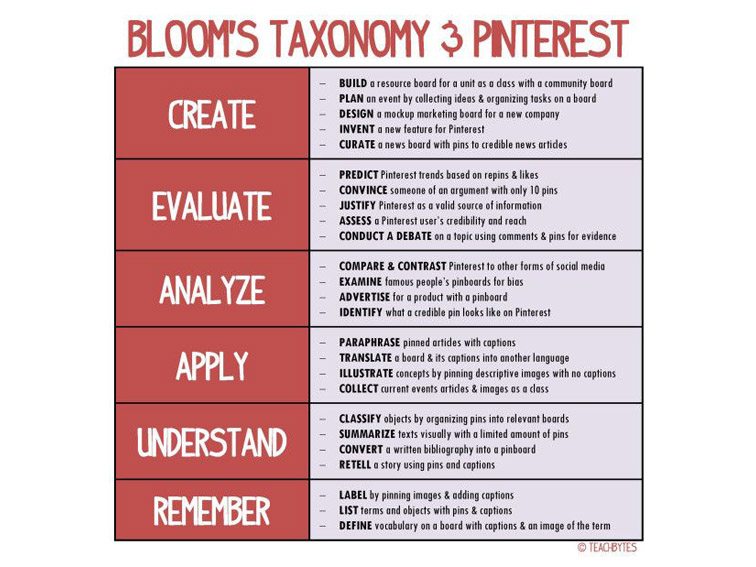
This graphic by teachbytes organizes different ideas for using pinterest in the classroom according to Bloom’s revised taxonomy.
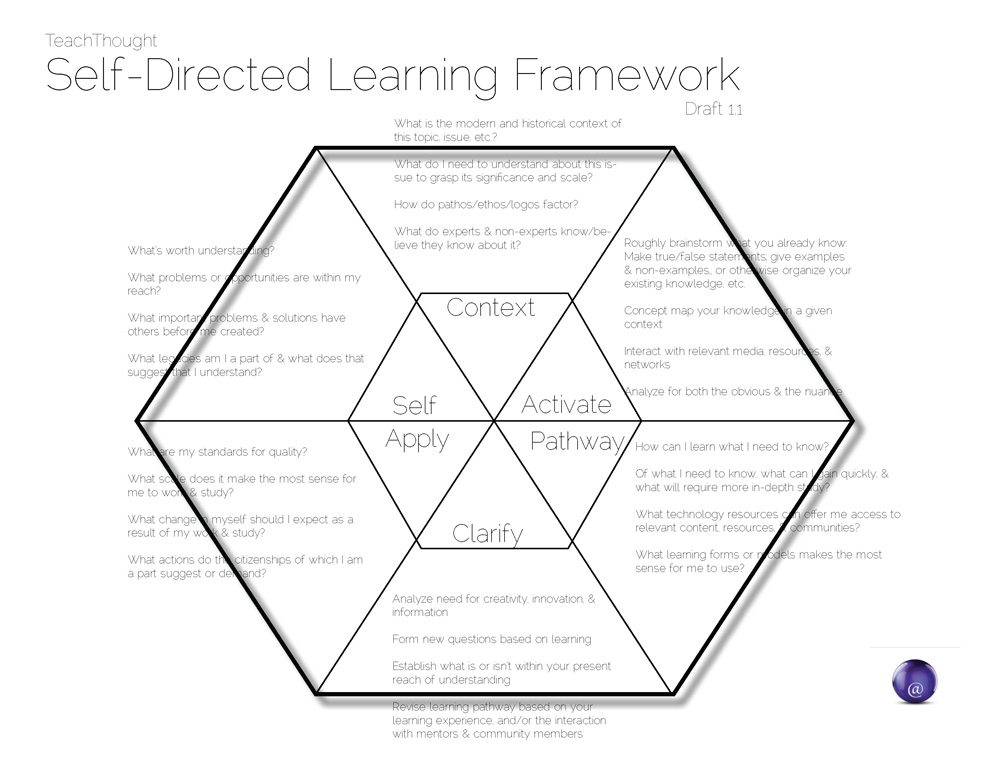
This model is built around the concept of self-knowledge–better understanding one’s self and that to inform one’s interactions with the world.
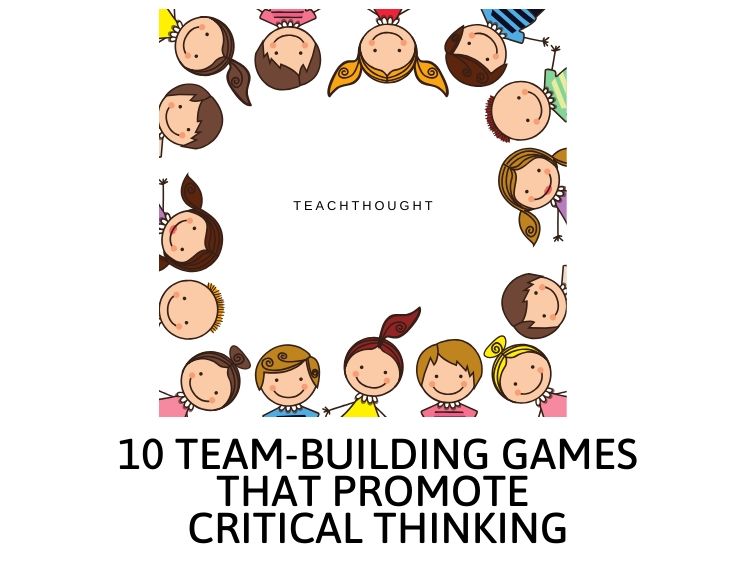
Begin a story that incorporates whatever happens to be on your assigned photo. The next student continues the story, incorporating their photo, and so on.
End of content
End of content